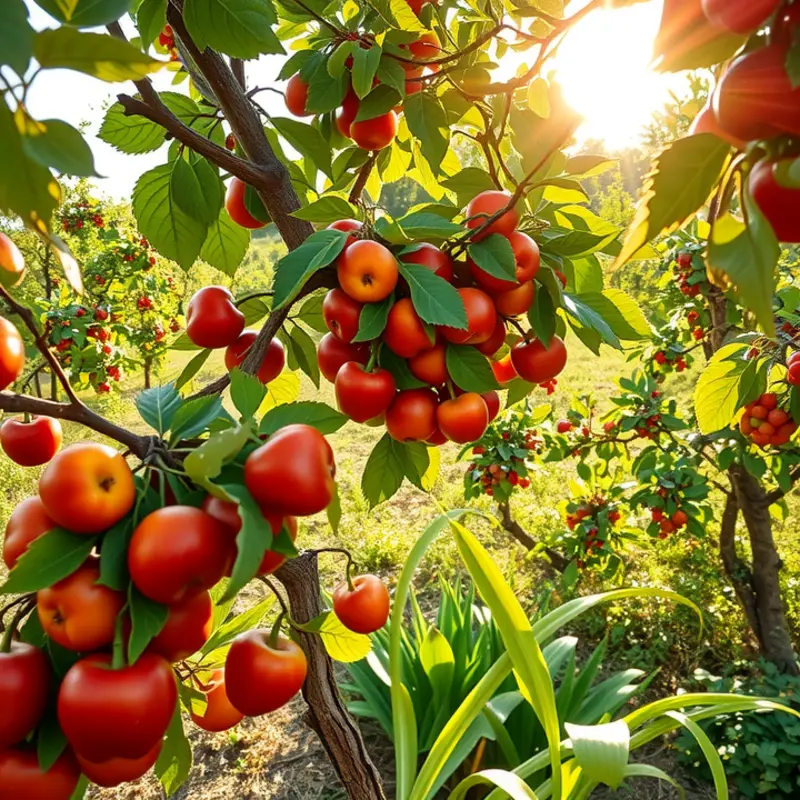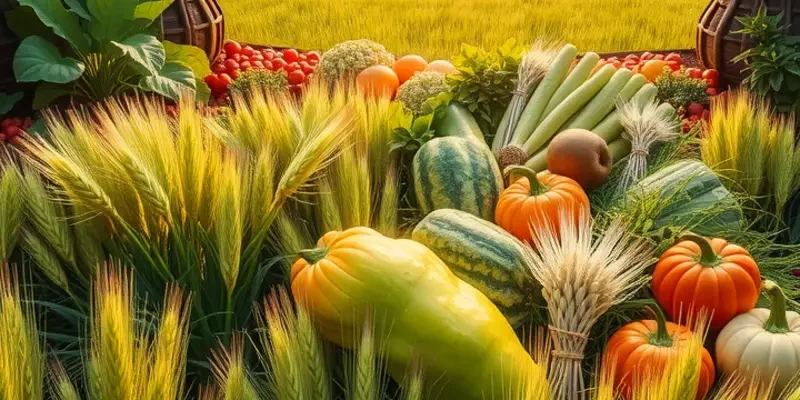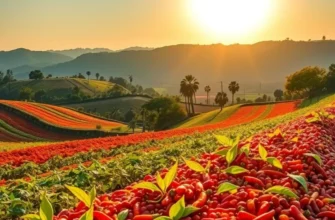Banquets throughout history have been grand feasts where culinary traditions and cultural values converge. From opulent feasts in ancient Rome to rustic gatherings in medieval kitchens, these meals tell stories of heritage, celebration, and artistry. This exploration of historical banquet dishes invites food enthusiasts and culturally-curious readers to discover unique flavors and diverse culinary practices that have shaped our collective dining experiences.
Lavish Feasts of Ancient Rome

The lavish banquets of Ancient Rome were not merely indulgent culinary experiences; they were extravagant displays of wealth, power, and social standing. These grand feasts were meticulously prepared to impress guests and convey status, often lasting for hours, if not days. Central to these banquets were dishes that showcased a blend of culinary innovation and exotic ingredients.
Among the quintessential delicacies served was the stuffed dormouse. Romans considered this small rodent a delicacy, often stuffing it with a mixture of pork or other meats, nuts, and spices before roasting. The dish was a favorite at elite gatherings, symbolizing affluence and culinary artistry.
No less important was garum, a fermented fish sauce that infused Roman dishes with a unique depth of flavor. Garum was made from fermented fish innards and salt, left to mature in the sun, creating a prized condiment. It seasoned a wide array of foods, from savory dishes to vegetables, making it a staple at Roman tables.
The banquet tables groaned under the weight of exotic meats and fruits sourced from across the Roman Empire, demonstrating the reach and influence of Roman trade. Peacocks, ostriches, and even flamingos might grace the table alongside an array of fruits like figs, grapes, and dates, introduced through extensive trade networks. Explore more about the influence of trade on global cuisines.
Dining etiquette at these feasts was rooted in a complex tapestry of social norms. Reclining on couches was the norm for the wealthy, a custom known as “triclinium.” This three-sided arrangement allowed for easy service of the multiple courses while enabling diners to converse more freely. Seating reflected the social hierarchy, with the host and important guests placed strategically.
The Roman convivium, or dinner party, was not solely about food; it was a place of political maneuvering and intellectual discourse. These occasions were opportunities for the host to showcase power, network with influential figures, and display Roman virtues such as generosity and hospitality.
Rituals reinforced the symbolic significance of these gatherings. Within this structured environment, libations were poured to honor the gods, and the dining order often mirrored the Roman social order. Such customs highlighted the banquet’s role beyond mere sustenance, aiming to engage the senses and the mind.
Thus, the lavish feasts of Ancient Rome exemplified more than gastronomic indulgence; they were vibrant spectacles of wealth, culture, and influence, leaving a lasting legacy on dining traditions that echo through history.
The Rustic Banquets of Medieval Europe

Medieval European banquets were immersive experiences that brought communities together through feasting, storytelling, and music. These gatherings served as an essential social glue in a time when communal bonds needed nurturing.
A typical banquet menu was composed of pottage, a savory porridge made with ingredients like grains, vegetables, and sometimes meat. Versatile and filling, pottage was a staple for all classes and reflected the agricultural abundance and limitations of the time. Roast game, such as venison or pheasant, provided a taste of the hunt, showcasing the skill of the huntsmen and the wealth of the host. Rich pies, often filled with a mix of meat, spices, and fruits, highlighted the medieval penchant for sweet and savory combinations.
The culinary aspects of these banquets went beyond sustenance. They reflected the societal hierarchy, where presentation and the scale of the feast indicated wealth and power. Nobles often hosted grandiose feasts to display their status, using opulent dishes as a testament to their influence. In contrast, village gatherings were smaller, yet equally meaningful, focusing on community connections and collective enjoyment.
Music and storytelling added a dynamic ambiance, often accompanying meals. These artistic expressions reinforced cultural narratives and served as entertainment. While musicians played lively tunes, storytellers recounted tales of local legends and heroic exploits, reminding attendees of shared values and history.
Banquets also acted as political arenas where alliances were forged, and disputes were settled. Inviting key figures to such events could sway political decisions or solidify friendships. The shared meal became a metaphor for unity and solidarity. The feasting table was both a literal and symbolic gathering place, intertwining hospitality with diplomacy.
Medieval banquets have influenced modern dining culture, particularly in terms of community and celebration. Today, dinner parties and festive gatherings echo this practice of strengthening bonds over food. For tips on maintaining the essence of sharing while minimizing modern waste, consider exploring low-waste cooking preparation. This approach ties historical communal dining with contemporary eco-consciousness.
Whether in lavish halls or within tight-knit villages, these medieval feasts were more than just meals. They were complex social events that nourished the body and spirit, reinforcing the community structure, and fostering a sense of belonging.
Final words
Historical banquet dishes are more than mere food; they are a testament to the cultural heritage, social structures, and artistic expressions of their times. Each lavish feast and rustic gathering offers insights into the values and lifestyles of people throughout history. By savoring these dishes, we not only enjoy delectable flavors but also connect with the narratives of our ancestors. Embracing these historical culinary traditions enriches our culinary journey while fostering a deeper appreciation for the diverse array of global cuisines that shape our dining tables today.








